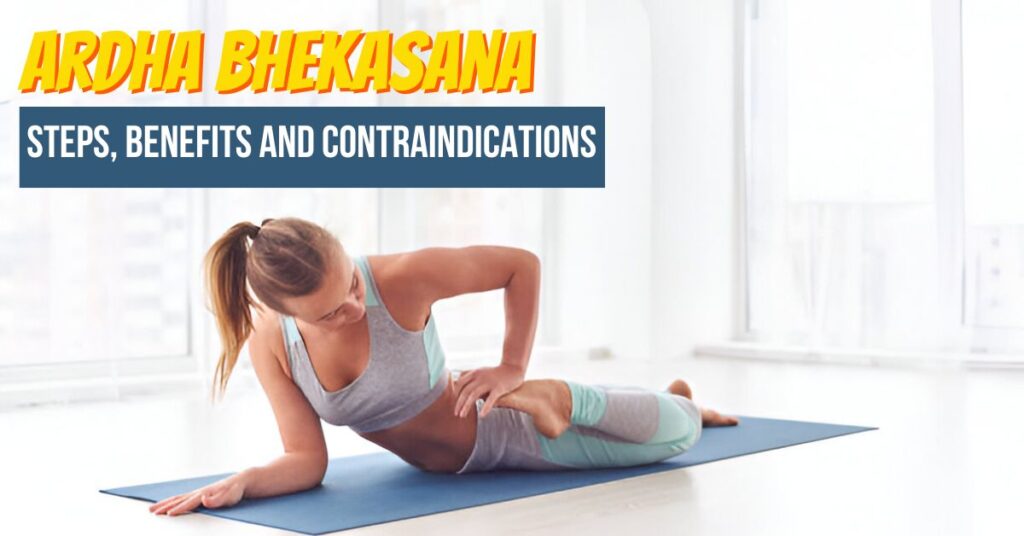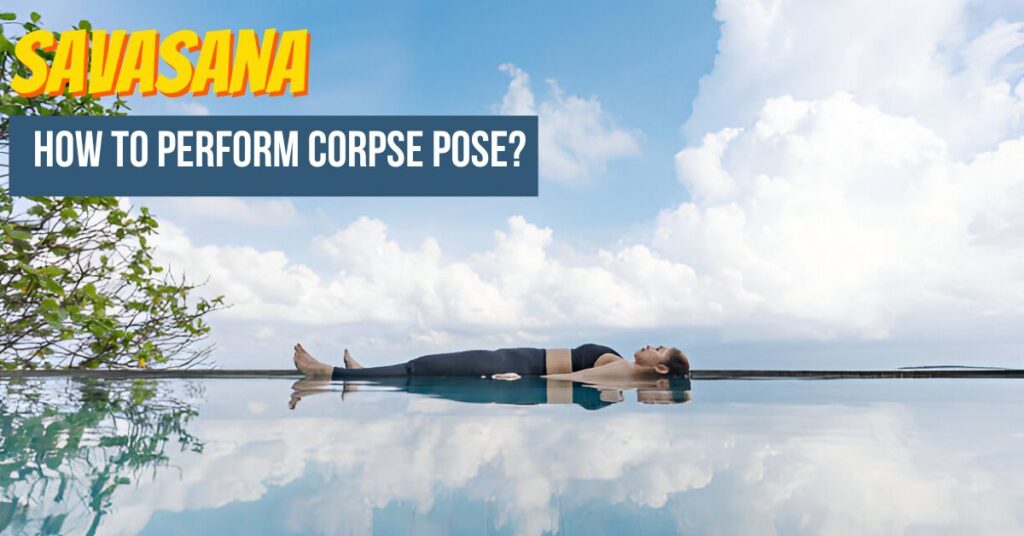When we talk about improving our physical, mental and emotional well-being, yoga has played a very important role. There are numerous yoga asanas out there, but one yoga asana that outstands all and provides you with deeper relaxation and reduces stress is Karnapidasana, also known as Raja Halasana. In this blog, Yogaasan will take you to the world of Karnapidasana yoga. We will discover Karnapidasana steps and know its contraindications.
What is Karnapidasana/Ear Pressure Pose?
Karnapidasana yoga comes from a Sanskrit word where Karna means “Ear”, Pida means “Pressure,” and Asana means “Pose or Posture.” It is also called Raja Halasana. This Ear Pressure pose is an advanced-level invented yoga asana. When you practice this asana, you have to bring your knees toward your ears while applying gentle pressure to the ears. This asana does a lot for you, from stretching the spine and shoulders to providing mental focus. You should practice it towards the end of your yoga session for ultimate relaxation.
What Are Karnapidasana Yoga Benefits?
Karnapidasana, also known as Raja Halasana, has numerous benefits for your body and mind. This yoga asana not only improves your flexibility but also enhances your mental clarity. Let’s discuss some benefits of Karnapidasana in detail:
- Helps you to treat ear problems such as infections, hearing loss and tinnitus.
- Strengthens and makes your spine aligned and flexible.
- Helps you reduce stress and anxiety. Also, provides mental clarity and relaxes your mind.
- Helps in digestion and helps relieve gastrointestinal problems.
- Increases blood circulation throughout the body.
- Improve concentration and mental focus.
- Reduces fatigue, stress, anxiety and insomnia.
- Treats menopausal symptoms and stimulates the thyroid glands.
- Makes your neck, shoulders, back, hips, thighs, knees, and legs strong and flexible.
How to Do Karnapidasana Yoga/Ear Pressure Pose?
When you perform Raja Halasana, you must pay attention to every step carefully to get all the Karnapidasana yoga benefits. Following are karnapidasana steps:
- Lie down on the floor in Savasana Pose. Ensure that your legs are shoulder-width distance apart and your hands are flat on the ground.
- Keep your palms in such a way that they are facing upwards or towards the ceiling.
- Relax for a few breaths, and once you are ready, bring your legs together and keep your hands by the side of your body with palms facing down.
- Now, slowly take your legs off the mat and move into Halasana slowly and gently.
- From Halasana, slowly try to bend your knees and place your knees closer to your ears.
- Initially, it can be difficult for you to place your legs on the ground. But you can hug your arms around the back of your knees and try to pull down the knees to your ears.
- Now, as you attain the final position, try to hold the pose for 30 seconds to 1 minute.
- In order to release the asana, use your hands to support your lower back, slowly straighten your knees and come back to the initial position.
Karnapidasana Contraindications To Keep In Mind
When you practice this pose, it is very necessary to keep Karnapidasana Contraindications in mind to prevent injuries. Though there are lots of Karnapidasana benefits, it is not recommended for everyone. Let us know who should avoid the Ear Pressure Pose:
- People with injuries on the back, knees, shoulders, hips, muscles or tissues should not perform the Raja Halsana pose.
- Individuals who have undergone recent surgeries are not recommended to practice this asana.
- Those with physical conditions related to the back, ears, rib cage, spines, hips or abdomen should strictly avoid this yoga posture.
- If you are suffering from any physiological conditions of blood vessels, eyes, migraine, blood pressure, respiratory system or digestion, you should refrain from doing this pose.
- Pregnant or Mensuration women are requested not to perform this yoga pose.
- Individuals with vertigo should ignore this yoga pose.
Conclusion
Karnapidasana yoga, or the Ear Pressure Pose, is an amazing yoga asana that provides numerous benefits to you. It treats your ear problems and also strengthens your spine, and reduces stress & anxiety. By following the Karnapidasana information and step-by-step guide provided by Yogaasan above, you can harness the power of the Raja Halasana and get deeper into the state of relaxation. If you feel any discomfort, you can release the asana and try some other Karnapidasana variations, You should add this yoga asana to your daily yoga practice and experience its powerful benefits. Namaste!






